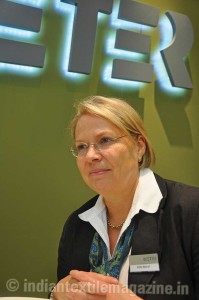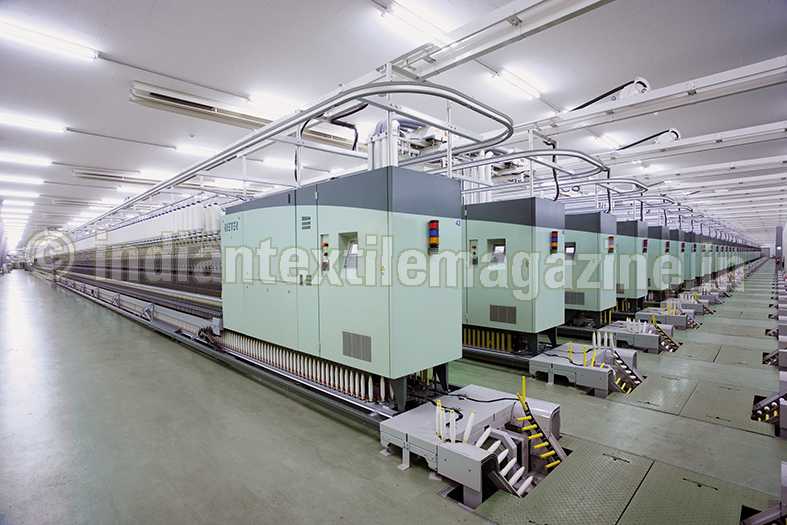By Edda Walraf, VP Marketing, Rieter Spun Yarn Systems
As for India’s position in the global textile value chain, the numbers are impressive: India hosts roughly 25 per cent of the global spinning capacity. And, because of the TUF program in the recent past, the age structure of this capacity is relatively young – that means productivity. India produces 20 per cent of global cotton supply both for domestic use and for export. The country ranks No.2 in global textile and apparel exports with nine per cent growth since 1995. About 27 per cent of the foreign exchange earnings are on account of export of textiles and clothing alone. The textile industry accounts for 21 per cent of the total employment generated in the economy.
Growth drivers
The future looks bright for the Indian textile and apparel industry. There are positive drivers which indicate future growth opportunities. There is plenty of cotton with a good potential for higher yield. There is the chance to produce yarn instead of exporting cotton. There is growing export as well as domestic market demand. The Government supports modernization of the industry with a particular focus on closing the gaps in the textile value chain.

To convert the potential into reality, the country first of all needs entrepreneurs who are willing to invest. Investment prospects depend on a business-friendly environment and good business expectations. The Government has taken several measures to create those positive impulses. But there are still some improvements possible. The industry waits for the proposed reforms in labor law, support to develop a skilled work force and programs to bind talents to be able to translate market needs into quality products.
Export means commitment to mutual free trade supported by excellent logistics based on strong infrastructure for power supply, transport and communication technology. Improvement in logistics is urgent in particular for the textile industry where fashion has to meet strict deadlines. Being creative and flexible with short response times is as important as competitive pricing. For the textile and apparel industry the rising need in easy care necessitates a higher share of blends of synthetic fibers with cotton.
When entrepreneurs meet an inviting investment climate and good business opportunities they will formulate an investment strategy. Entrepreneurs who are going to invest in spinning value and those who are aware of the total cost of ownership will surely talk to Rieter.
Rieter is beyond & above producing machines
Rieter system competence offers the most suitable system to successfully realize the investment according the strategic concept. Rieter supports from the first investment idea until turnkey operation. Innovative machines are designed with focus on low conversion cost and high yarn quality. These are basic prerequisites to stay competitive in the global market. Rieter is also a leader in spinning automation. Automatic solutions allow not only a reduction in labor but an increase in operational efficiency. The reduction of labor dependability and constant processes usually also contribute to better yarn quality.
An excellent and comprehensive aftersales service ensures best running performance during operation and modernization to stay ahead of the competition. Local training for maintenance and operation responsible is offered to increase skills and bind talents that are able to convert market requirements into successful yarns.
In addition, Rieter manufactures machines since some years in India and is committed to contribute to the development of the Indian textile industry.
The Indian Rieter organization forming part of the Rieter global network is ready to support the Indian spinning industry on its onward journey into 2015 and beyond.
